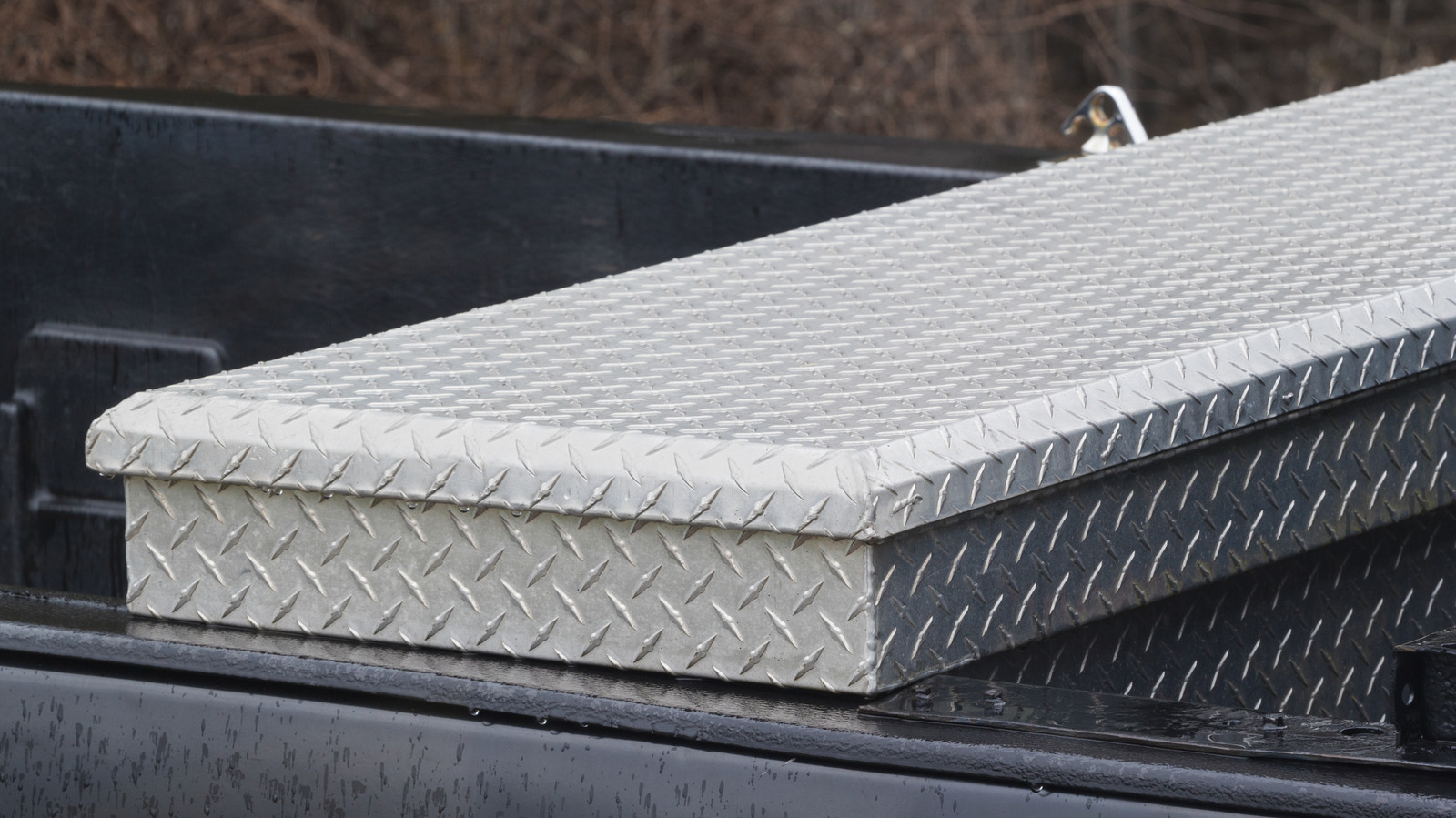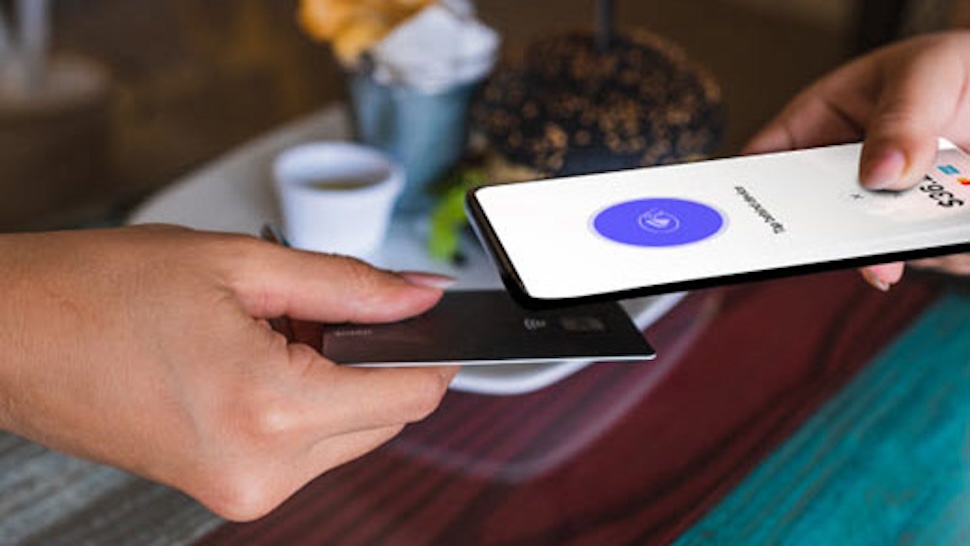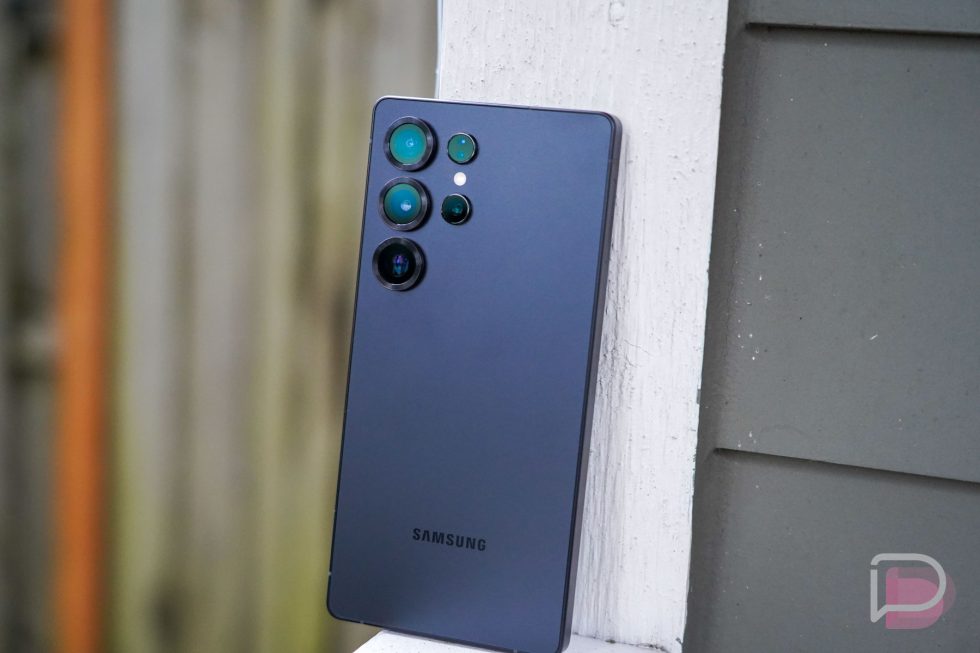Wireless Doorbell Extension Features Home-Wound Coil
Today in the it’s-surprising-that-it-works department we have a ding dong doorbell extension from [Ajoy Raman]. What [Ajoy] wanted to do was to extend the range of his existing doorbell so …read more


Today in the it’s-surprising-that-it-works department we have a ding dong doorbell extension from [Ajoy Raman].
What [Ajoy] wanted to do was to extend the range of his existing doorbell so that he could hear it in his workshop. His plan of attack was to buy a new wireless doorbell and then interface its transmitter with his existing doorbell. But his approach is something others might not have considered if they had have been tasked with this job, and it’s surprising to learn that it works!
What he’s done is wrap a new coil around the ding dong doorbell’s solenoid. When the solenoid activates, a small voltage is induced into the coil. This then gets run into the wireless doorbell transmitter power supply (instead of its battery) via a rectifier diode and a filter capacitor. The wireless doorbell transmitter — having also had its push-button shorted out — operates for long enough from this induced electrical pulse to transmit the signal to the receiver. To be clear: the wireless transmitter is fully powered by the pulse from the coil around the solenoid. Brilliant! Nice hack!
We weren’t sure how reliable the transmitter would be when taken out of the lab and installed in the house so we checked in with [Ajoy] to find out. It’s in production now and operating well at a distance of around 50 feet!
Of course we’ve published heaps of doorbell hacks here on Hackaday before, such as this Bluetooth Low Energy (BLE) doorbell and this light-flashing doorbell. Have you hacked your own doorbell? Let us know on the tips line!





























![[Webinar] From Code to Cloud to SOC: Learn a Smarter Way to Defend Modern Applications](https://blogger.googleusercontent.com/img/b/R29vZ2xl/AVvXsEjLbNLee9VlpBpNmlxQSBF7IHwrQajzAJWYjhcHTIVVqzroGXrpk_x9Sbbua1Xi-QtO9jbcX1canKTWWzfaOshSarJol1Ude7LNQMeV5B2x71gaXxWg_cjEJ3bPuuoyyyMLgWB9hCtZ1PV5j3QOGByinGCAETqul2WWz-mVYiuERYWPVu7ob8lSckM-ocw/s1600/soc.jpg?#)










































































































































![[The AI Show Episode 147]: OpenAI Abandons For-Profit Plan, AI College Cheating Epidemic, Apple Says AI Will Replace Search Engines & HubSpot’s AI-First Scorecard](https://www.marketingaiinstitute.com/hubfs/ep%20147%20cover.png)

























![How to Enable Remote Access on Windows 10 [Allow RDP]](https://bigdataanalyticsnews.com/wp-content/uploads/2025/05/remote-access-windows.jpg)






























































































































































































![Artist Shocked To Find Her Poster Designs From 2017 In Bungie's Marathon: 'A Major Company Has Deemed It Easier To Pay A Designer To Imitate Or Steal My Work Than To Write Me An Email' [Update]](https://i.kinja-img.com/image/upload/c_fill,h_675,pg_1,q_80,w_1200/4ce7afff77473c3cccca9cc349c42790.jpg)









































-Olekcii_Mach_Alamy.jpg?width=1280&auto=webp&quality=80&disable=upscale#)




















































































![Apple tests EU by adding scare screens to apps using third-party payments [u]](https://photos5.appleinsider.com/gallery/63640-132334-000-lede-App-Store-warning-xl.jpg)













![Apple using sketchy warning for apps bought using third-party payment systems [Updated]](https://i0.wp.com/9to5mac.com/wp-content/uploads/sites/6/2025/05/Apple-using-scary-looking-warning-for-apps-bought-using-third-party-payment-systems.jpg?resize=1200%2C628&quality=82&strip=all&ssl=1)
















![Sony WH-1000XM6 Unveiled With Smarter Noise Canceling and Studio-Tuned Sound [Video]](https://www.iclarified.com/images/news/97341/97341/97341-640.jpg)


![Watch Aston Martin and Top Gear Show Off Apple CarPlay Ultra [Video]](https://www.iclarified.com/images/news/97336/97336/97336-640.jpg)










































![Apple Slaps Warnings on Apps Using External Purchases in the EU [Updated]](https://images.macrumors.com/t/Zy0e-JLM0fNyngEYaXu5rMH1lJk=/1920x/article-new/2025/05/app-store-external-payments-warning.jpg)
























































